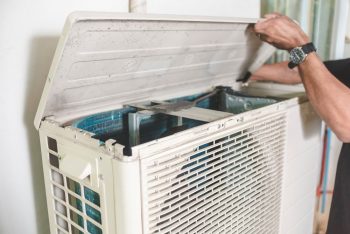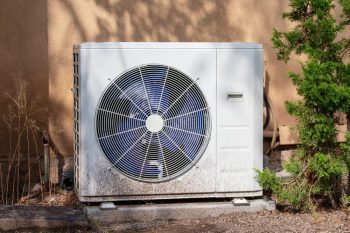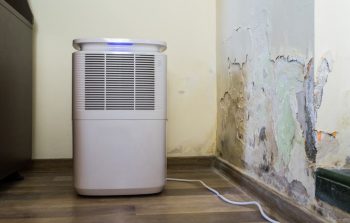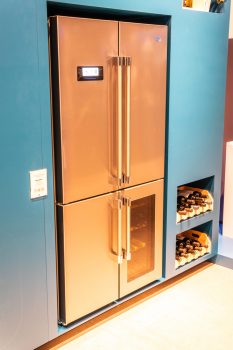
Confused about whether to buy a washing machine with a siphon break on it? Fret not! We’ll guide you thoroughly on what this does on a washing machine. By the end of this blog, you will eventually decide if you need it.
A siphon is a small tube-type device installed in your washer to regulate water flow in a washing machine.
Simply put, it ensures that there is no backflow of dirty water back into the appliance, which will affect the cleaning efficiency of the engine.
A siphon break regulates water flow and prevents dirty water from flowing back into the appliance by maintaining the pressure to an optimum level. It mainly offers the following benefits:
- Prevents Backflow of Dirty Water
- Provides Optimum Water Surge For Washing Clothes
- Proper Water Drainage
If your breaker stops working, you can replace it with a new one using the method discussed below in this blog.
Before diving into the basics of how a siphon works and its potential benefits, you must understand the basic structure of a siphon break; having said that, let’s dig deeper into the benefits they provide.
Top 3 Benefits of a Siphon Break
Most modern automatic washing machines have siphon breaks installed in them. People tend to change them when the washer seems to act up after some time. Their importance can be determined by the various benefits they offer.
Let’s have a look at them:
1. Prevents the Backflow of Dirty Water

The biggest perk of inverted siphons is that they prevent the backflow of dirty water into the tub that contains the clean water.
When the clothes are washed, the washer starts a new round, but the dirty water from the previous washing round moves down to the drain holes from where they drain out to the ground.
2. Provides Optimum Water Surge for Washing Clothes

This component of your washer mainly makes the water go upward in the pipes without any pump. This creates a surge of water essential for cleaning the clothes.
They work on a pressure basis and maintain the pressure difference by pulling the water toward the tub.
If the air bubbles get stuck in your washer drain holes, you might have a problem with water flow due to the blocked siphon.
You should reinstall your siphon or get it checked by a professional.
3. Proper Water Drainage

Another benefit of these breaks is that they ensure the regular draining of dirty water from the washer. They send the water down the drain hole from where they exit into the ground.
How To Replace Siphon Break on a Washer

Frequently seeing dirty water mixed with clean water right when you start a wash cycle signifies something wrong with your washer’s siphon. You will need to change it to make it functional again.
You can do it yourself using the procedure mentioned below:
Things Required
You will need screwdrivers, gloves, a towel, clamp cutters, and a little experience repairing home appliances.
The procedure of replacing the siphon break can differ for different washer models. Always buy the assembly kit compatible with your model or brand of the washer.
Procedure
- Disconnect the washer from the power supply.
- Put a towel on the floor to make sure your floor remains safe.
- Disconnect the drain holes.
- Now you will remove the screws that connect the siphon break to the washer’s cabinet.
- From the inside, grab the siphon break and get it out.
- Cut the clamps that attach the siphon break to the pipe.
- Replace it with a new one.
- Reinstall the clamp.
- Secure the screws and attach the outer part to the drain holes.
- Turn your washer on and test.
If you feel your water drainage is improper and your washer is still mixing the dirty water into the tub, ask for professional help.
Takeaway
All modern washing machines have a component called siphon break that may look small but greatly impact their performance.
Modern washing machines allow a smooth filling system of water that automatically drains after a round of the washer. Siphons ensure no mixing of the clean water with the dirty one and that the washer is filled to an optimum level.
After filling and washing, they also allow the water to drain out properly.
Frequently Asked Questions
What Does a Siphon Break Kit Do?
It connects the external drainage hose to the internal one and prevents the backflow of dirty water into the washer’s tub.
How Does a Siphon Valve Work?
When the pump of a washer is running, it keeps the water flowing in a forward direction keeping the valve close. When it stops, the water tends to move backward, but at the same time, the valve opens, preventing the water from flowing back.












